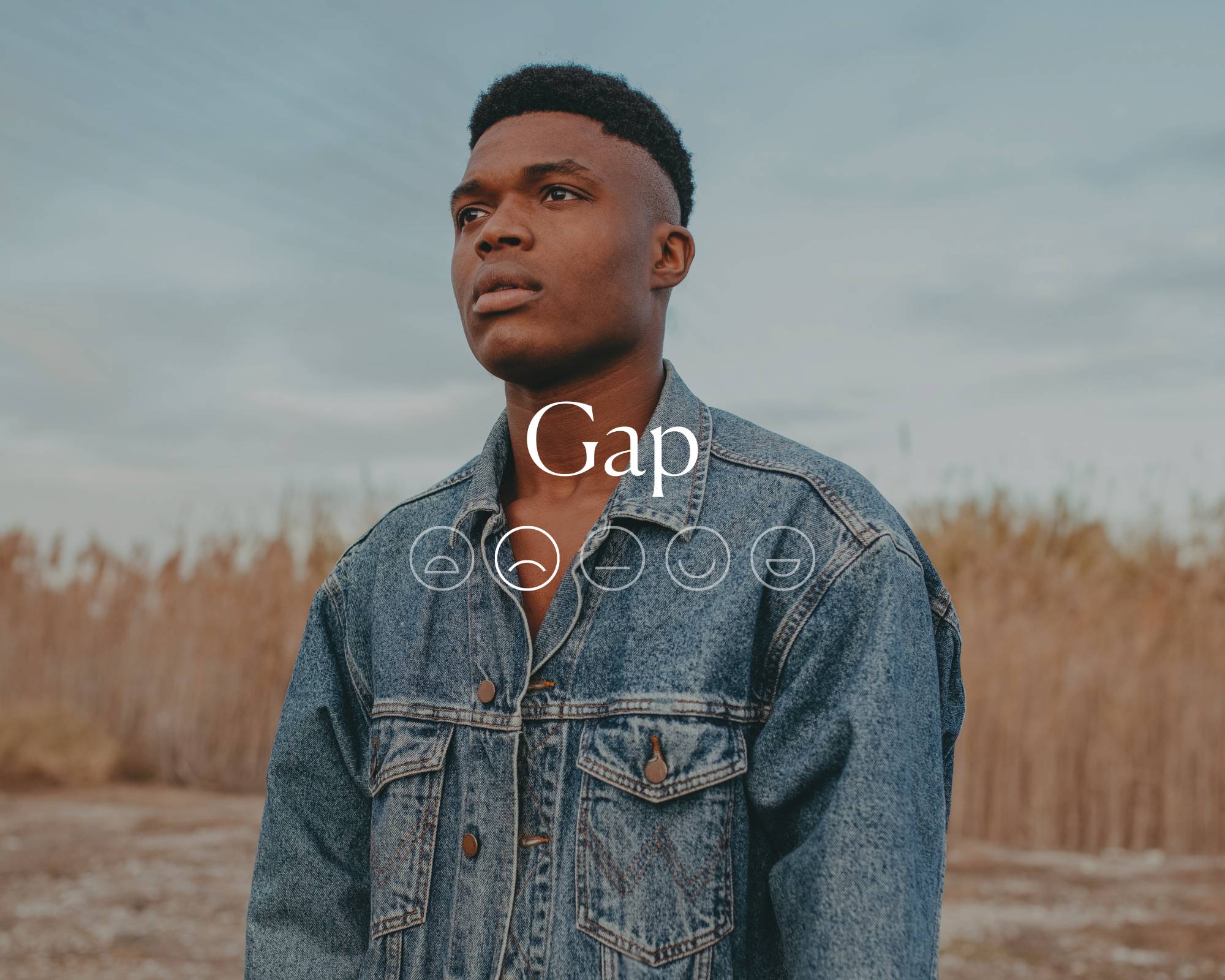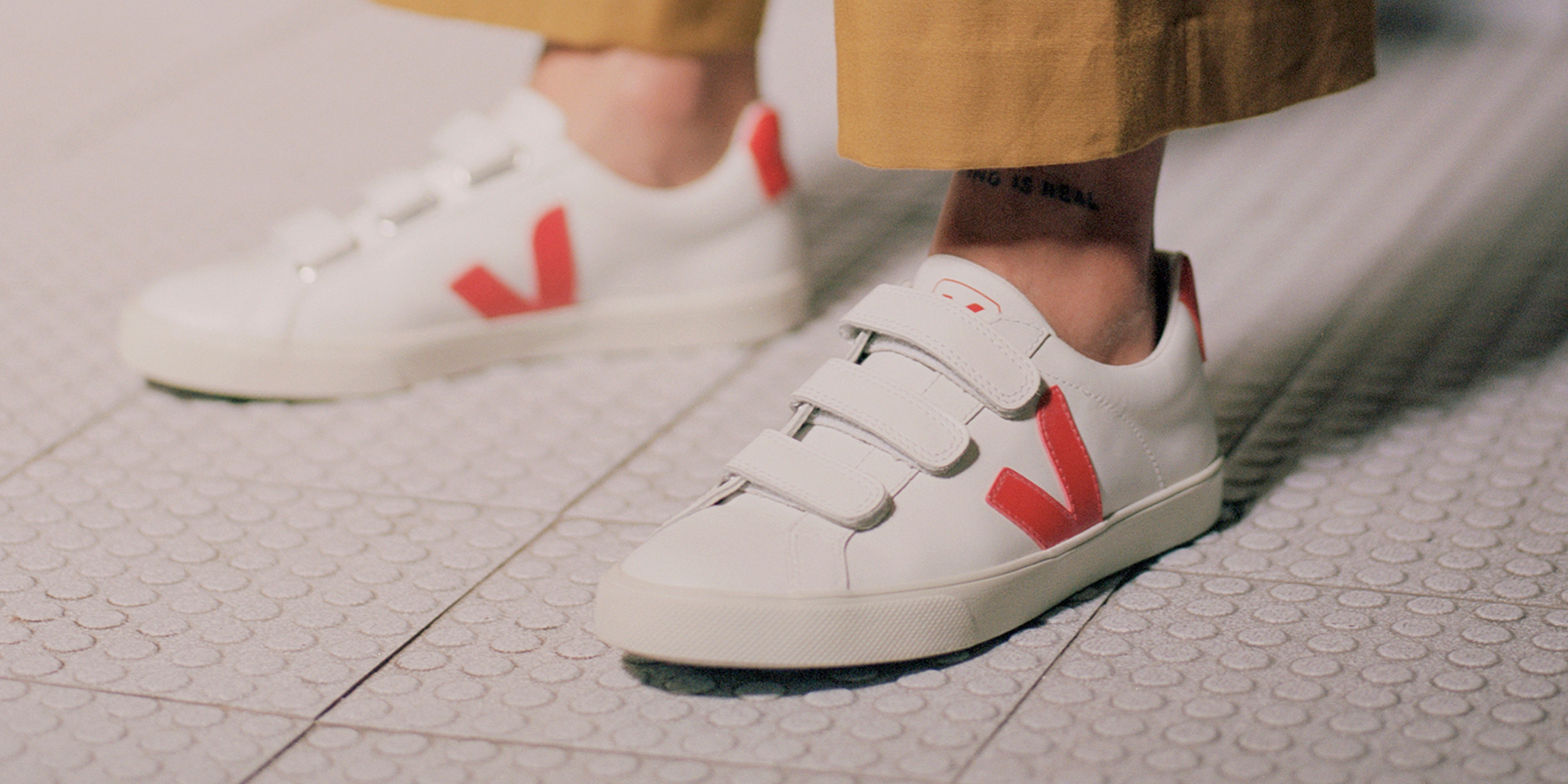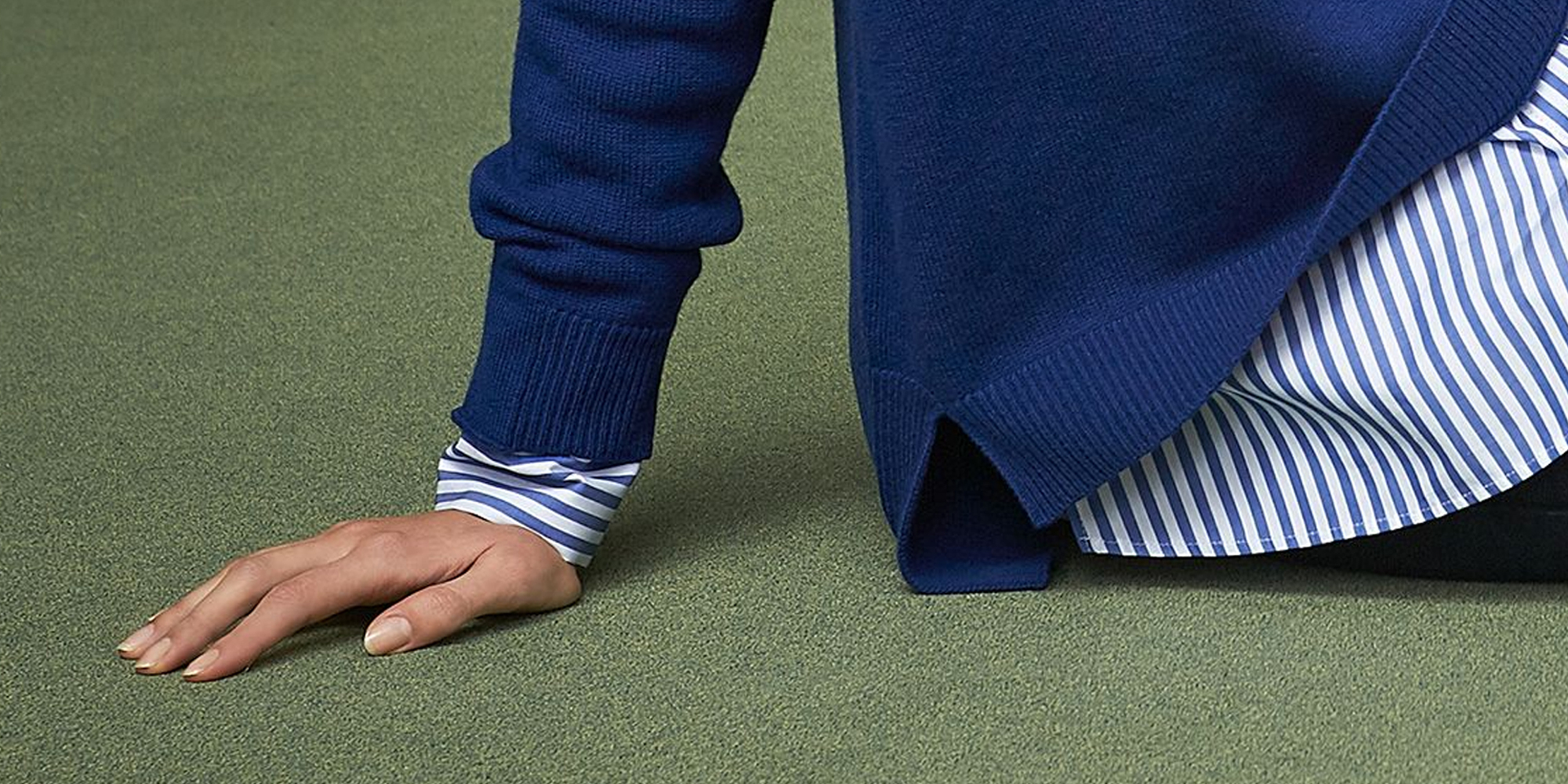Our editors curate highly rated brands that are first assessed by our rigorous ratings system. Buying through our links may earn us a commission—supporting the work we do. Learn more.
Founded in 1969 in California, fast fashion giant Gap has almost 4,000 stores worldwide. Sadly, it’s “Not Good Enough” for people, the planet, and animals. Keep reading to learn more about the details of Gap’s rating. This article is based on the Gap rating published in September 2022.
How ethical is Gap?
Over the decades Gap has built its name as a household favourite and go-to for fashionable and affordable clothing. But how ethical is Gap when it comes to its policies on labour rights, environmental sustainability, and animal welfare?
Environmental impact
Gap’s environment rating is “It’s a Start”. It uses some more eco-friendly materials including recycled materials, though there is no evidence it minimises textile waste when manufacturing its products. And while it has set a science-based target to reduce greenhouse gas emissions generated from its own operations and supply chain, there is no evidence it is on track to meet its target. On the plus side, Gap demonstrates leadership in managing water use in its supply chain—it received an “A-” in the Carbon Disclosure Project (CDP) water security questionnaire. But further work is definitely needed if Gap wishes to be “Good” for the planet.
Labour conditions
Unfortunately, Gap is “Not Good Enough” when it comes to labour conditions. It received a score of 41-50% in the Fashion Transparency Index, as none of its supply chain is certified by labour standards which ensure worker health and safety or other labour rights. What’s more, there is no evidence it ensures payment of a living wage in its supply chain, and it discloses inadequate policies to protect suppliers and workers in its supply chain from the impacts of COVID-19. There’s still plenty of room for improvement here, Gap.
Animal welfare
Gap is also “Not Good Enough” for the animals. It has a general statement about minimising animal suffering, which is a step in the right direction, and it doesn’t use fur, down, angora, or exotic animal skin. However, it uses leather, wool, and exotic animal hair without stating sources. It also traces some animal products, but only to the first stage of production. This means we can’t be sure about the welfare of the animals or workers involved in the production process.
Overall rating: Not Good Enough
We’ve rated Gap “Not Good Enough” overall based on our own research. Though Gap has some started implementing some positive environmental measures, it still needs to make changes in all areas, especially when it comes to paying a living wage to its workers.
Note that Good On You ratings consider hundreds of issues, and it is not possible to list every relevant issue in a summary of the brand’s performance. For more information, see our How We Rate page and our FAQs.
The good news? There are plenty of brands out there that are not only reliable and on-trend, but are committed to reducing their impact on the environment, minimising harm to animals, and supporting the people that make our clothes.
Good swaps
“Good” and “Great” alternatives to Gap

























